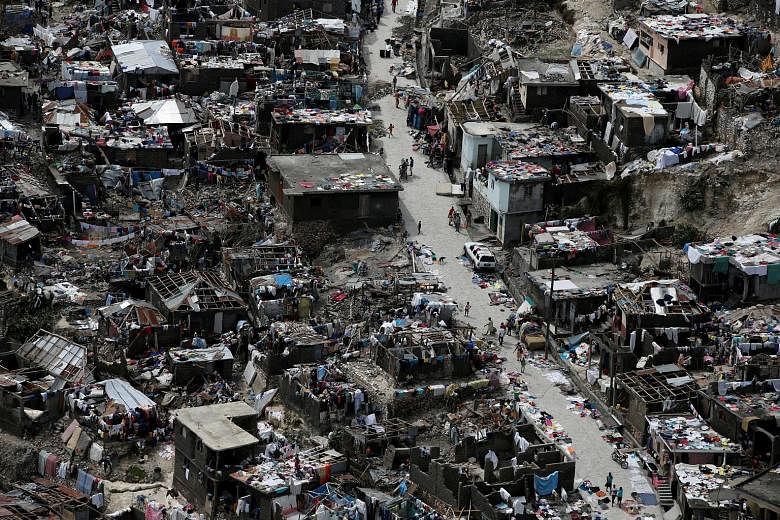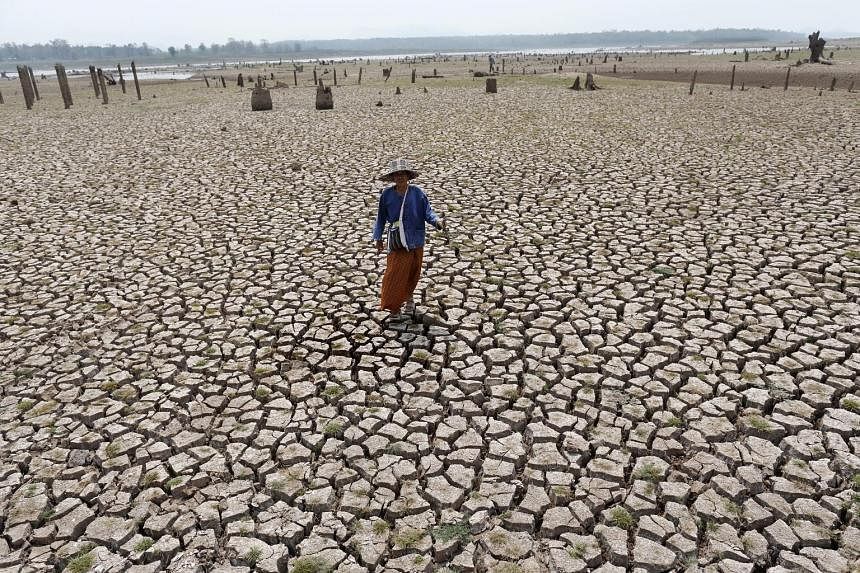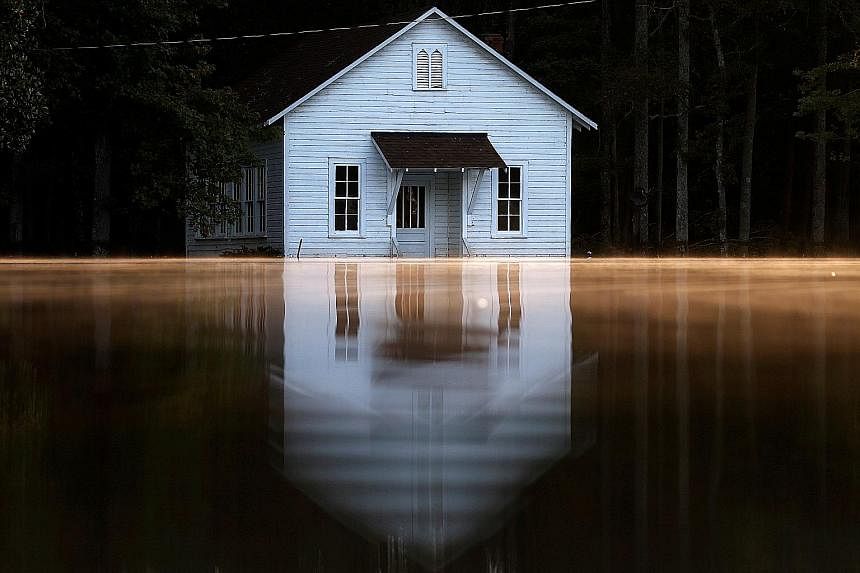Forest fires
In May, nearly 90,000 people fled Fort McMurray in Canada when a wildfire engulfed parts of the city. It raced through nearby forests already parched from a long dry spell. Fuelled by hot weather and high winds, it also threatened oil sands operations in Alberta province.
In what became the costliest natural disaster in Canadian history, about 10 per cent of the city's homes were destroyed. It took weeks to bring the blaze under control.
Heat
Global heat records tumbled every month in the first half of the year. Parts of South-east Asia, South Asia and the Middle East wilted under the blistering heat.
On April 28, the mercury hit 44.6 deg C in Mae Hong Son, a record for Thailand. Records fell in Cambodia and Laos too. The town of Phalodi in Rajasthan saw 51 deg C on May 19, a new high for India. In July, Mitrabah in Kuwait posted 54 deg C.
Heatwaves also affected the south-western United States in June, with some cities setting temperature records. In southern Africa, a prolonged drought as well as heatwaves blighted large parts of the region, damaging crops and affecting millions of people.
Storms
In January, Snow Storm Jonas swept across large parts of the eastern United States, dumping up to a metre of snow.
It killed 49 people and set snowfall records in New York City and other places.
In May, Cyclone Roanu struck Sri Lanka, triggering floods and landslides. More than 100 people died and another 100 were reported missing after mudslides hit the town of Aranayake, burying three villages.
More than 400,000 people in Sri Lanka were affected by the disaster.
In August, Typhoon Lionrock caused widespread flooding in North Korea, killing more than 130 people and displacing 140,000, triggering a rare appeal for aid by the government.
In October, Hurricane Matthew carved a destructive path through the Caribbean, leaving more than 1,000 people dead in Haiti before heading north to the eastern coast of the US.
There, it killed another 46 people and caused record flooding in North Carolina.
Matthew was also notable for being the longest-lasting Category 4 to 5 hurricane in the eastern Caribbean, the Huffington Post said, citing meteorologists.
Floods
Wide areas of China suffered the worst flooding in nearly 20 years. It left more than 300 people dead and affected tens of millions more. According to Forbes, the disaster had cost nearly US$45 billion (S$65 billion) by the end of July.
In the United States, record floods hit Louisiana and Mississippi in August. More than 600mm of rain drenched parts of Louisiana in under 72 hours, triggered by record moisture content in the atmosphere and a near-stationary low-pressure system over the Gulf Coast, reported The Washington Post at the time.
This week, heavy rain flooded the area around Uluru national park and the remote settlement of Kintore in central Australia. On Monday, Kintore recorded more than 232mm of rain, more than double the December high of 110mm set in 2003, Reuters quoted Northern Territory Bureau of Meteorology senior forecaster Sally Cutter as saying.
Snow in the Sahara To cap the freakish year, the Sahara desert saw a rare snowfall last week - thought to be its first in nearly 40 years. Satellite images from Nasa show a large area dusted with snow.





